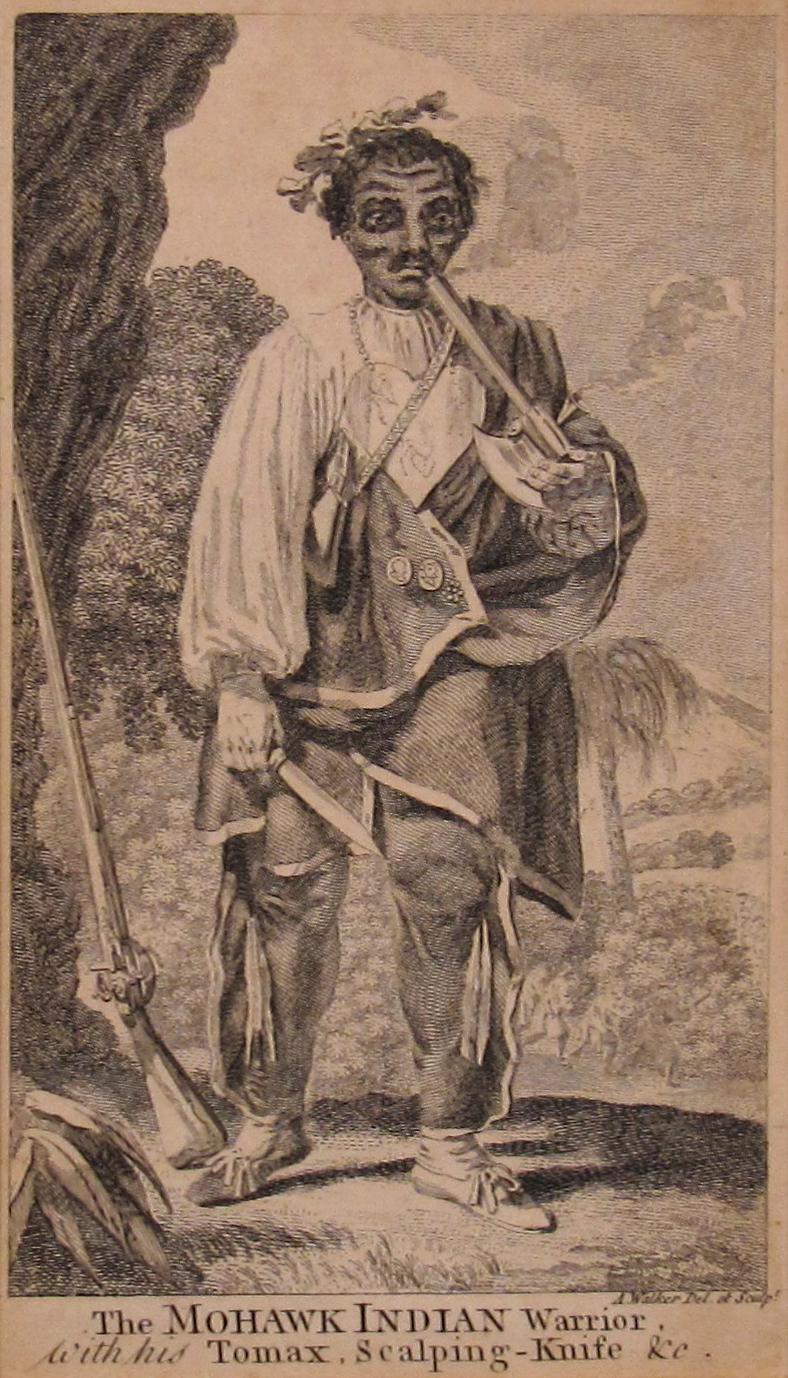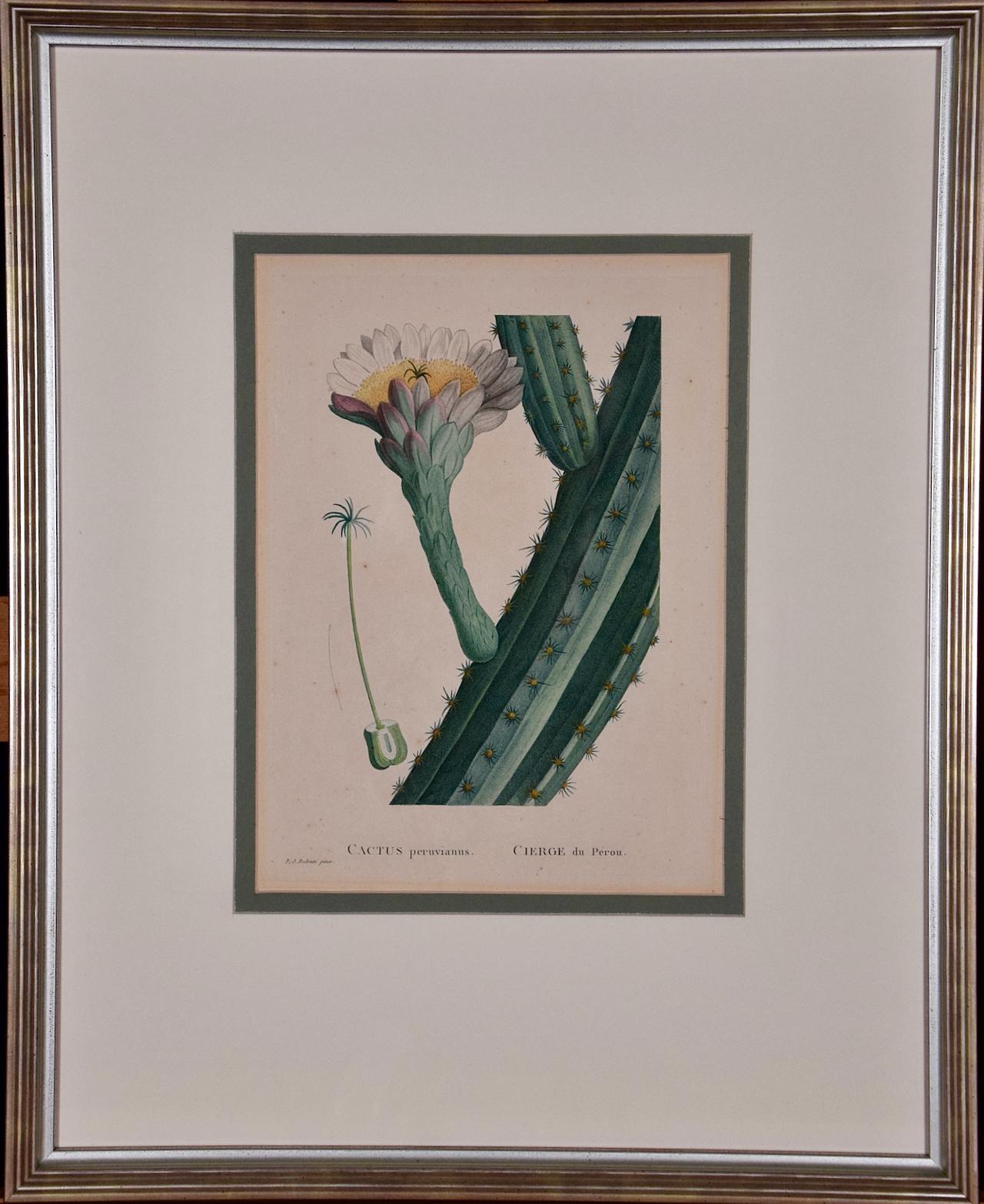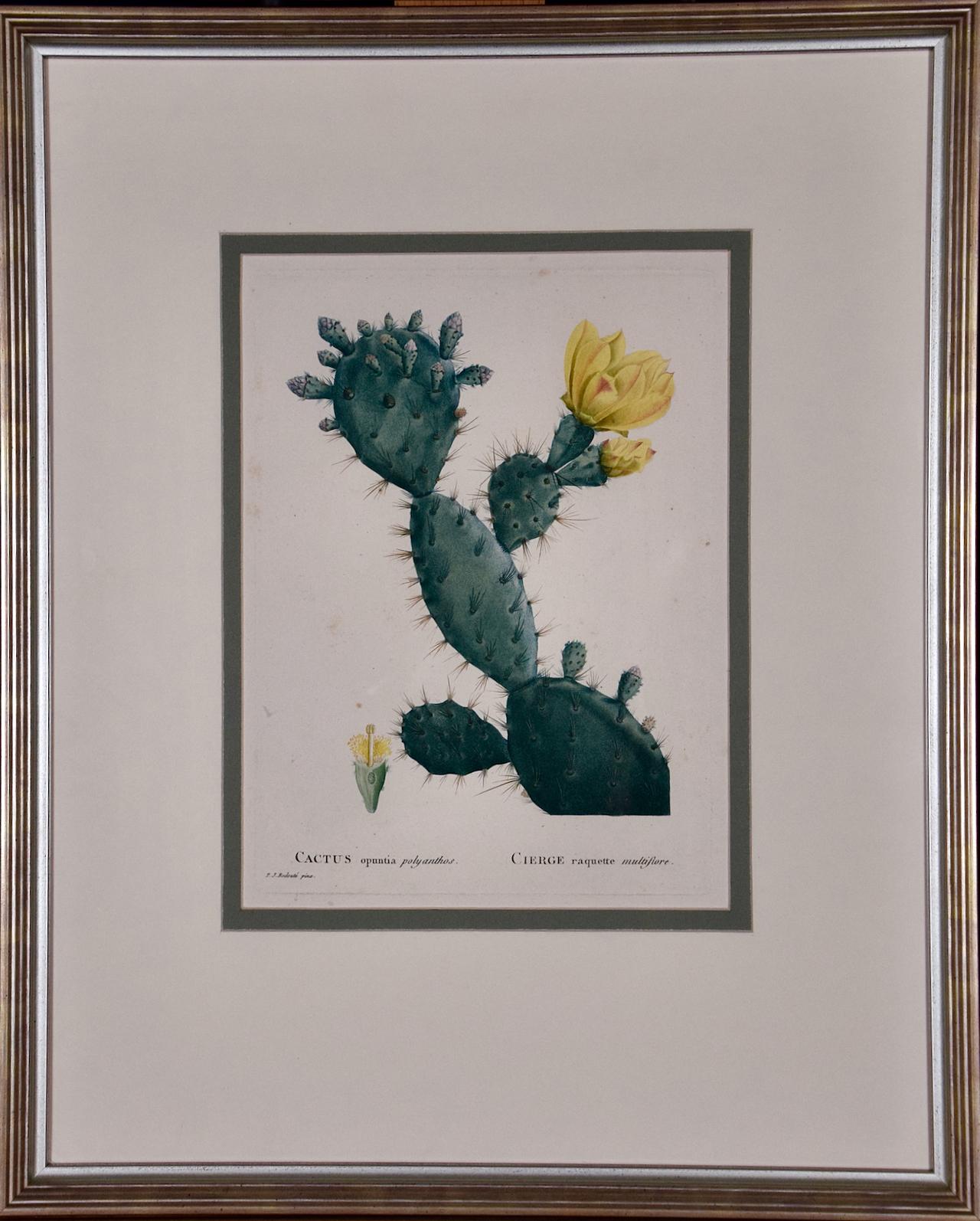Items Similar to Farm Yards, early 19th century sepia soft ground etching, 1805
Want more images or videos?
Request additional images or videos from the seller
1 of 6
William Henry PyneFarm Yards, early 19th century sepia soft ground etching, 18051805
1805
About the Item
'Farm Yards'
Etching from William Henry Pyne's (1769-1843) series 'Microcosm: or, a picturesque delineation of the arts, agriculture, manufacturers, &c. of Great Britain'.
230mm by 310mm (platemark)
285mm by 350mm (sheet)
- Creator:William Henry Pyne (1769 - 1843)
- Creation Year:1805
- Dimensions:Height: 11.23 in (28.5 cm)Width: 13.78 in (35 cm)
- Medium:
- Movement & Style:
- Period:
- Condition:Faint vertical crease. Small mark in lower margin.
- Gallery Location:Melbourne, AU
- Reference Number:1stDibs: LU124428815672
About the Seller
5.0
Platinum Seller
These expertly vetted sellers are 1stDibs' most experienced sellers and are rated highest by our customers.
Established in 2005
1stDibs seller since 2019
Typical response time: <1 hour
- ShippingRetrieving quote...Ships From: Melbourne, Australia
- Return PolicyA return for this item may be initiated within 14 days of delivery.
More From This SellerView All
- Threshing, early 19th century sepia soft ground etching, 1805By William Henry PyneLocated in Melbourne, Victoria'Threshing' Etching from William Henry Pyne's (1769-1843) series 'Microcosm: or, a picturesque delineation of the arts, agriculture, manufacturers,...Category
Early 19th Century Naturalistic Figurative Prints
MaterialsEngraving, Etching
- Hunting, early 19th century sepia soft ground etching, 1805By William Henry PyneLocated in Melbourne, Victoria'Hunting Pl II' Etching from William Henry Pyne's (1769-1843) series 'Microcosm: or, a picturesque delineation of the arts, agriculture, manufactur...Category
Early 19th Century Naturalistic Figurative Prints
MaterialsEngraving, Etching
- The Greeks and Trojans Battle, Homer's Iliad. C18th Classical engraving 1780Located in Melbourne, Victoria'The Fight being again began to the advantage of the Greeks. Jupiter lets fall Thunder at ye feet of Diomedes Horses & Nestor who accompany him is so terrified at it, that he obliges...Category
Late 18th Century Naturalistic Figurative Prints
MaterialsEngraving
- The Art of Tattooing in Nuka, engraving with original hand-colouring, circa 1815Located in Melbourne, VictoriaNuka Hiwa is the largest island of the Marquesas. The Nukahivans were famous for their elaborate tattoos and headhunter trophy taking. From Bilderbuch Zum Nutzen und Vergnugen Der J...Category
Early 19th Century Naturalistic Figurative Prints
MaterialsEngraving
- Hector coming to Troy, Homer's Iliad. C18th Classical engravingLocated in Melbourne, Victoria'Hector coming to Troy while the Greeks and Trojans are engage''d is melted with the Grief of Andromache & the Tears of his son whom he derby embraces before he returns to the Fight....Category
18th Century Naturalistic Figurative Prints
MaterialsEngraving
- Jupiter sends Iris to Hector. 18th century Classical Greek myth engraving printLocated in Melbourne, Victoria"The two Armies being engaged by break of day, Jupiter sends Iris to bid Hector retire from the Fight, and not return till Agamemnon's wounds had obliged him, to withdraw from the Fi...Category
Late 18th Century Naturalistic Figurative Prints
MaterialsEngraving
You May Also Like
- Mowhawk Indian Warrior with his Tomax, scalping Knive - 18th Century EngravingLocated in Meinisberg, CHAnthony Walker (British, 1726–1765) The Mowhawk Indian Warrior with his Tomax, scalping Knive &c. • Mid 18th Century copper plate engraving on laid pa...Category
Mid-18th Century Naturalistic Figurative Prints
MaterialsInk, Laid Paper, Engraving
- Royal Sports PIT TICKET - 18thC Entry Ticket to Cock Fight in Georgian EnglandBy William HogarthLocated in Meinisberg, CHAfter William Hogarth (British, 1697–1764) Royal Sports PIT TICKET • Engraving by William Dent (British), active from 1783 to 1793 • Inscribed bottom right: Dent sculp • Plate ca. 7.6 x 9.1cm • Image ca. 6.3 x 7.9 cm • Sheet ca. 23.5 x 15 cm Fantastic imagery full of detail and symbolism – For example discover the cast shadow of the dept collector with his truncheon, looming over the winner, whose fast gained riches are being stolen by a thief as we watch. This well know subject was originally created by the famous British artist William Hogarth and then reproduced over time by many contemporary artists as prints of various formats and as paintings. Here we have a rendition engraved by William Dent, who was active from 1783 to 1793 and signed his work in the plate bottom right. I think this impression would date to the late 18th or then to the very early 19th Century. I was told, that these small prints, served as entry tickets to cock fights in Georgian England...Category
Late 18th Century Naturalistic Animal Prints
MaterialsPaper, Ink, Engraving
- Redoute Hand-colored Engraving of Cactus Flowers "Cactus Peruvianus Cierge"By Pierre-Joseph RedoutéLocated in Alamo, CAThis framed hand-colored stipple engraving entitled "Cactus Peruvianus Cierge du Pérou" by Pierre-Joseph Redouté, Plate 58 from his illustrated publication 'Plantarum Historia Succulentarum ou Histoire des Plantes Grasses', published in Paris in 1799. It depicts a branching limb of a cactus with a beautiful flower. There is a separate detail of the anatomy of a seed with early growth. Redoute was a pioneer of the stipple engraving technique, which he used to create this image. It involves utilizing a series of small dots worked into a copper plate rather than the more common lines. These dots can be made smaller or thicker depending on the degree of opacity the artist intends for various areas of the print. When inked and applied to paper, this allows for a greater portion of the paper to be seen, which accentuates the appearance of luminosity of the subject the artist is creating. Different color inks are used in the printing process, a time consuming technique known as "a la poupee". The engraving is then finished with watercolor to further enhance the beauty and realism of the print subject. This engraving of a flowering cactus is presented in silver-colored ribbed wood frame and a double mat; cream-colored outer mat and heather green inner mat. The frame measures 21.25" high by 17.25" wide by 1.13" deep. The sheet measures 19.88" high by 14" wide. There are wide margins with a few short tears and chips along the the left, right and upper edges, which are all covered by the mat. There are small spots predominantly in the margins, with a few present in the image area. The print is otherwise in very good condition. There is another Redoute flowering cactus listed on 1stdibs, LU117326853392, which is framed and matted identically to this one. The pair would make an attractive display grouping. Pierre-Joseph Redouté (1759-1840), was a painter and botanist originally from Belgium, who pursued his extremely successful artistic career in France. He is well known for his watercolor paintings of roses, lilies and other flowers and their subsequent folio-sized, color stipple engravings. Some believe him to be the greatest botanical illustrator of all time. Redouté was a favorite of the French royal court at the time and of the post French...Category
Late 18th Century Naturalistic Still-life Prints
MaterialsEngraving
- Flowering Cactus: Redoute Hand-colored Engraving "Cactus Opuntia Polyanthos"By Pierre-Joseph RedoutéLocated in Alamo, CAThis hand colored stipple engraving entitled "Cactus Opuntia Polyanthos, Cierge Raquette Multiflore" by Pierre-Joseph Redouté, Plate 59 from his illustrated publication 'Plantarum Historia Succulentarum ou Histoire des Plantes Grasses', published in Paris in 1799. Redoute was a pioneer of the stipple engraving technique, which he used to create this image. It involves utilizing a series of small dots worked into a copper plate rather than the more common lines. These dots can be made smaller or thicker depending on the degree of opacity the artist intends for various areas of the print. When inked and applied to paper, this allows for a greater portion of the paper to be seen, which accentuates the appearance of luminosity of the subject the artist is creating. Different color inks are used in the printing process, a time consuming technique known as "a la poupee". The engraving is then finished with watercolor to further enhance the beauty and realism of the print subject. This engraving of a flowering cactus is presented in a double mat; white outer mat and heather green inner mat.The mat measures 20" x 16" and the sheet measures 19.5" x 13.38". There are wide margins with a few short tears and chips along the the right and upper edges, which are all covered by the mat. There are small spots predominantly in the margins, but a few are present in the image area, but the print is otherwise in very good condition. There is another Redoute flowering cactus listed on 1stdibs, LU117326854582. The pair would make an attractive display grouping. Pierre-Joseph Redouté (1759-1840), was a painter and botanist originally from Belgium, who pursued his extremely successful artistic career in France. He is well known for his watercolor paintings of roses, lilies and other flowers and their subsequent folio-sized, color stipple engravings. Some believe him to be the greatest botanical illustrator of all time. Redouté was a favorite of the French royal court at the time and of the post French...Category
Late 18th Century Naturalistic Still-life Prints
MaterialsEngraving
- "Inspection Tour in the Wine Vaults", 1876 Philadelphia Centennial ExpositionLocated in Alamo, CAThis engraving is entitled "Philadelphia, PA- The Centennial Exposition - the Jury of Award on an Inspection Tour in the Wine Vaults of Agricultural Hall", ...Category
Late 19th Century Naturalistic Interior Prints
MaterialsEngraving
- An Engraving from the Series 'The Cries of London': "Turnips & Carrots"By Francis WheatleyLocated in Alamo, CAA beautifully framed hand-colored engraving from the famous "Cries of London" series, depicting the lives and professions of the common people of 18th ...Category
Late 18th Century Naturalistic Figurative Prints
MaterialsEngraving
Recently Viewed
View AllMore Ways To Browse
Antique Yards
Antique Agriculture
Antique Agricultural
Agriculture Antique
Antique Yard Art
Concert Piano
Flower Motif Sculpture
Large Original Abstract Nudes
Juggler Sculpture
70s Hats
Drawing Japanese Woman Portraits
Port Henry
Rouault Lithographs
Retro London Maps
Retro London Map
Roman Empire Painting
Antique Wine Prints
Tea Trainer





